TEHRAN | Tabiat Bridge is important for many reasons. It’s an architectural masterpiece, it’s a symbol of modern Iranian architecture, it was designed by a up and coming female architect, the area around it shows a side to Iran that many in the West don’t see, and it’s an example of how economic sanctions hurt real people.
Tabiat (nature in English) Bridge is a pedestrian overpass that’s 270 metres long and connects 2 public parks, spanning Shahid Modarres Avenue. The bridge was opened in October 2014 and designed by architect Leila Araghian, who was 26 years of age at the time and spent a year designing a bridge that would “be a place for people to stay and ponder, not simply pass.”
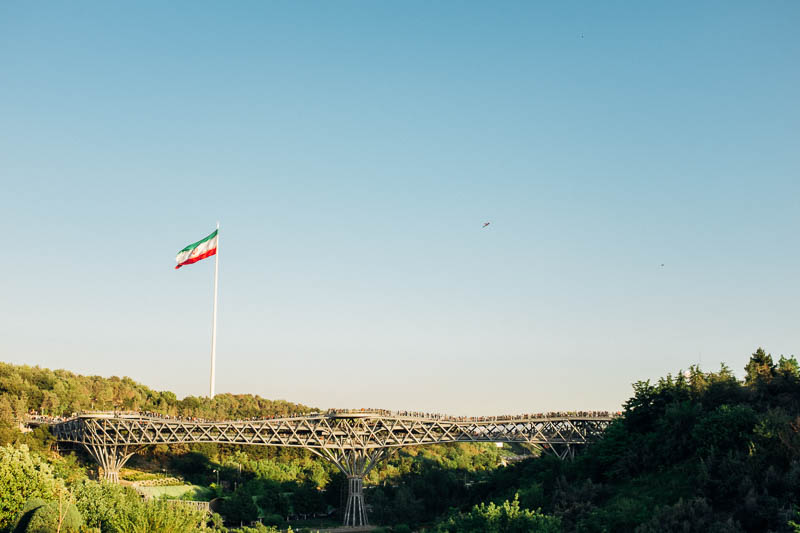
The parks and public square that the bridge connects show a side of Iran that many don’t see in the West. It’s a side to Iran that I often saw during my time in the country. Families relaxing and picnicking, children running around and playing, teenagers taking group photos with their phones and selfie sticks. People just hanging out and enjoying themselves, just like anywhere else in the world. Funny how politicians and the mainstream Western media doesn’t show these images of Iran when discussing dropping bombs onto people isn’t it? It’s always easier to create a “us v them” narrative if you demonise, rather than humanise the “other”, lest people realise that the things that make people around the world similar are much greater than the things which make us different.
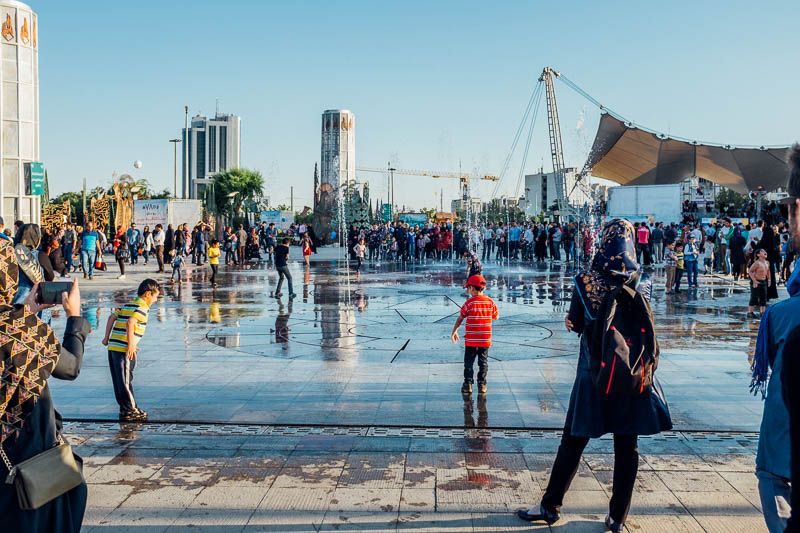
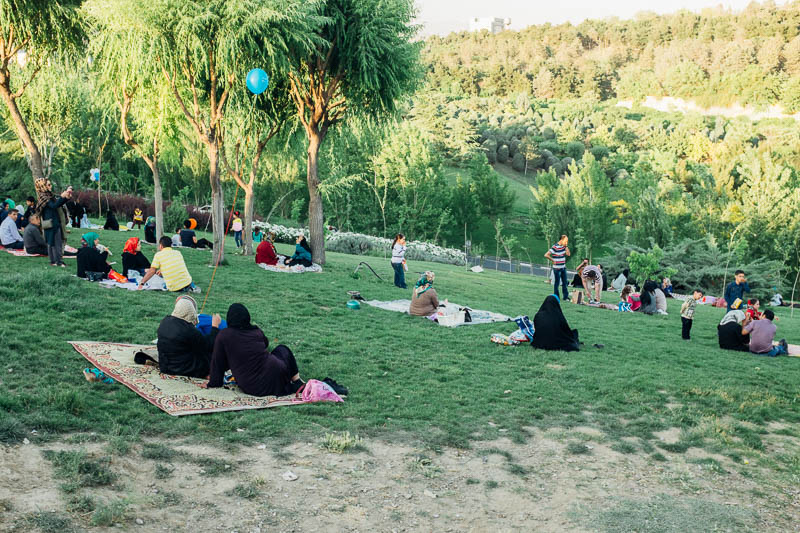
Tabiat Bridge certainly meets Araghian’s desire for the bridge to be more than just an overpass. It’s a meeting place that’s become very popular with locals, and the bridge itself contains several cafes and eateries along it length, making it much more than just a bridge.
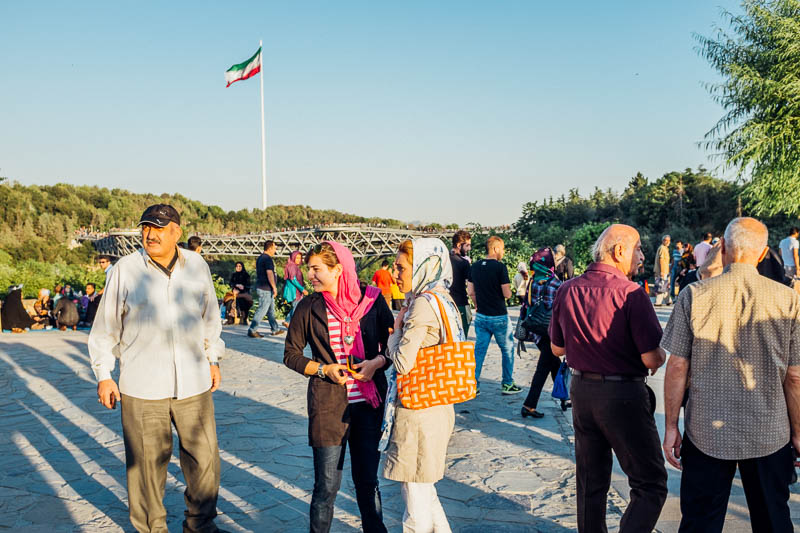
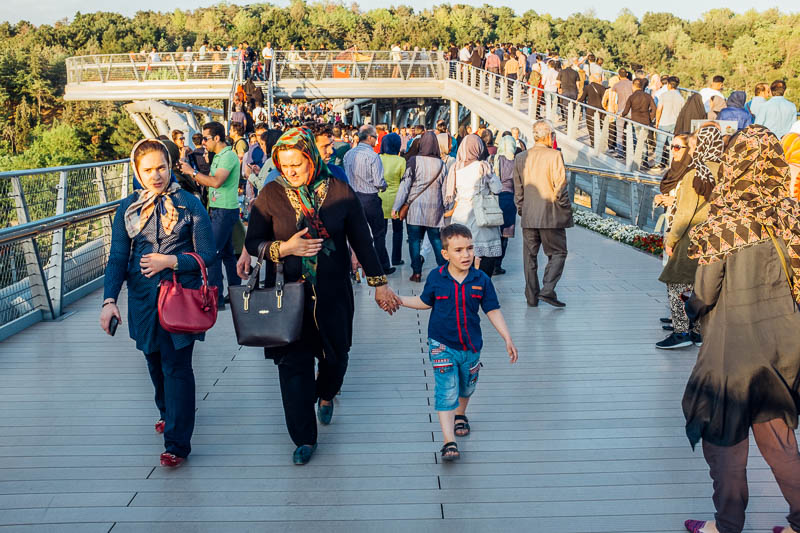
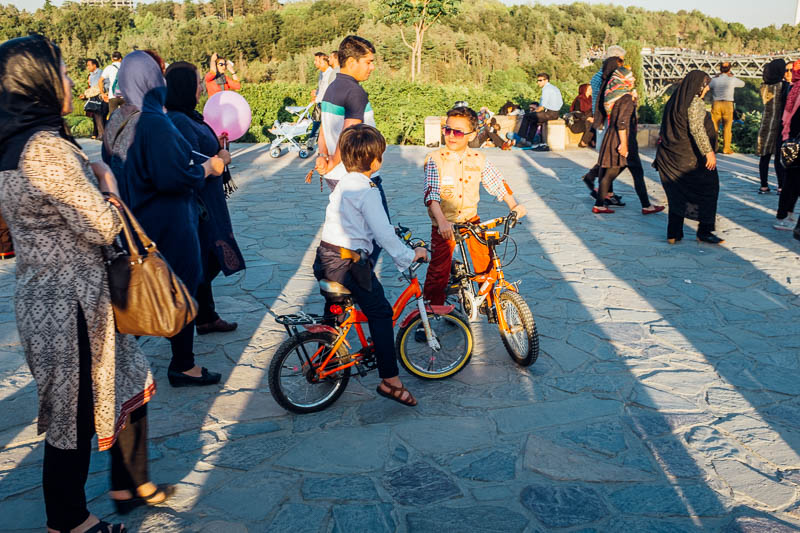
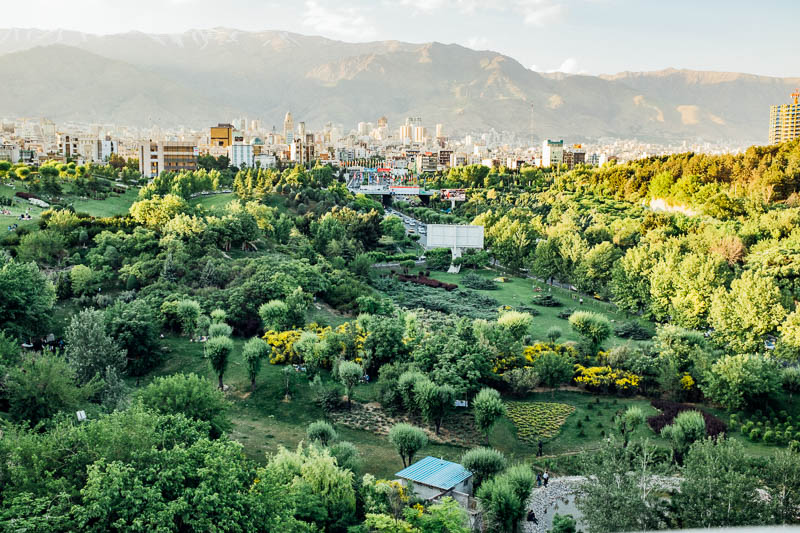
In 2015 Tabiat Bridge was named among the winners of the Architizer A+ awards, a global architectural competition based in New York. There were other awards though that chose to exclude the bridge from selection though, solely on the basis that Araghian was from Iran. Araghian was excluded from entering the World Architecture Festival in the UK due to sanctions which prohibited “undertake business activity with Iran”. Even construction of the bridge wasn’t without issues – an Australian company delayed providing essential engineering software due questions around sanctions and legality. In the West we rarely hear about these kinds of stories when sanctions are mentioned and fail to appreciate how sanctions can disrupt the everyday lives of regular people. Hopefully with sanctions now having been eased, the next up and coming Iranian architect who designs something as impressive as Tabiat Bridge will be able to be recognised more fully around the world.
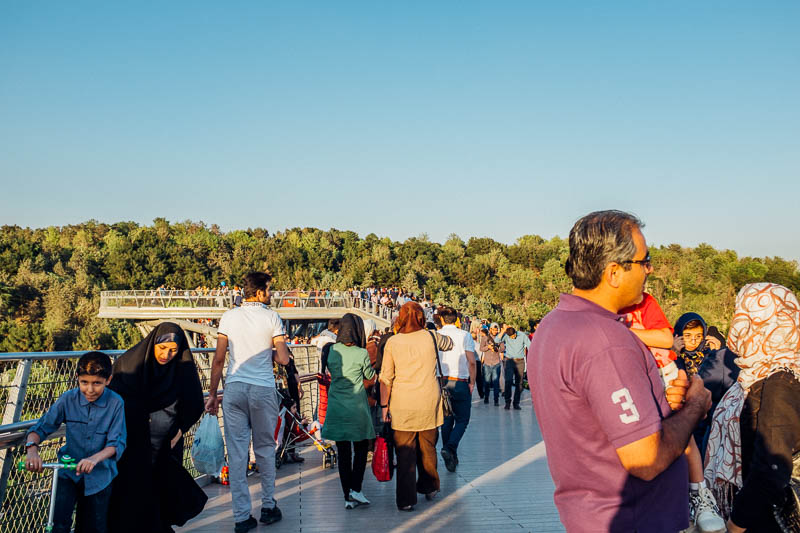
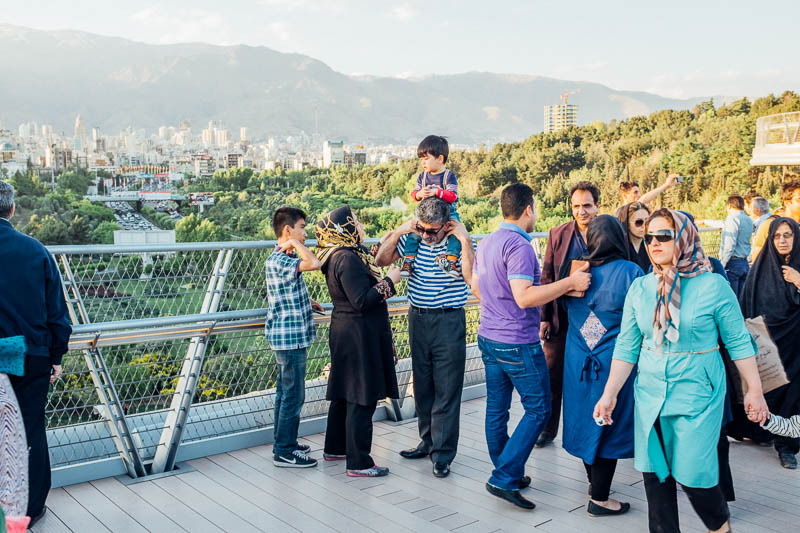
Another thing that Tabiat Bridge show is that women are not as oppressed in Iran as many believe. Yes there is real and visible oppression of women in Iran (read Lauren’s excellent piece about travelling in Iran as a woman) however it’s not exactly what people in the West imagine. Women walk around freely without men, are free to study and are highly educated. In fact, there are more women studying at universities in Iran than men, and we were told by many people we met that architecture is one of the most popular courses. The fact that a 26 year old female college student was chosen to design such a major project, and that approval was given for such a modern, challenging design, shows yet another side to Iran.
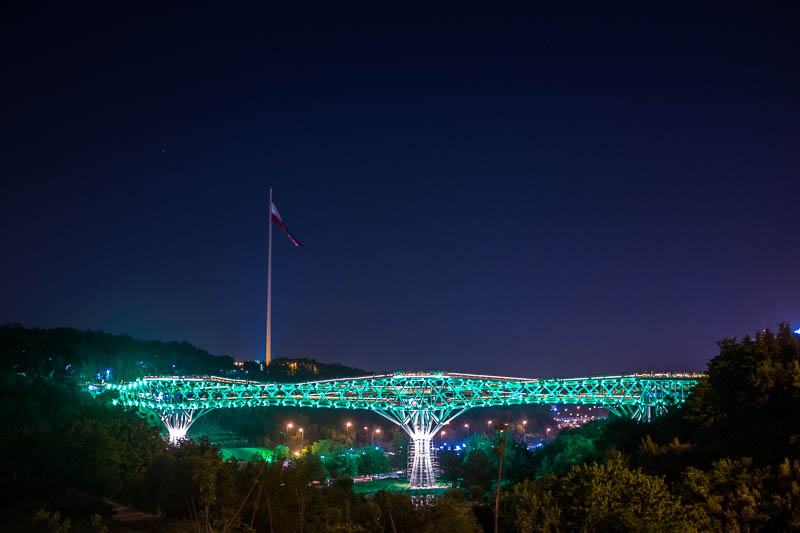
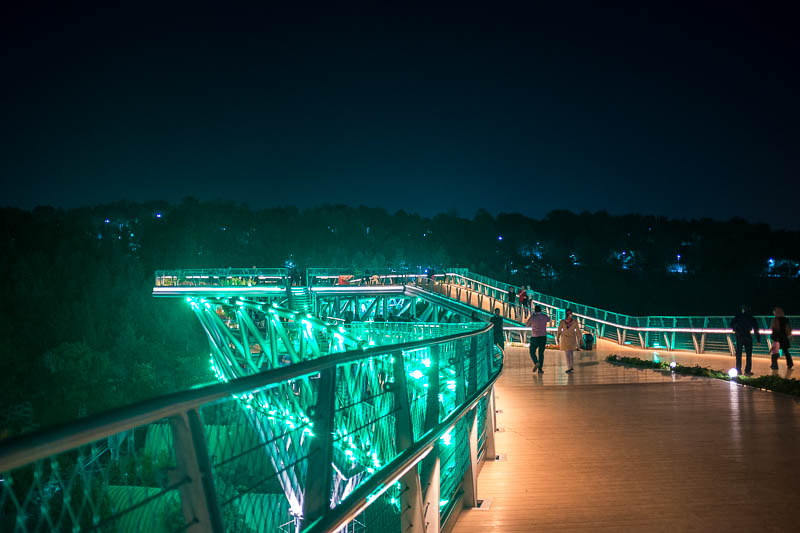
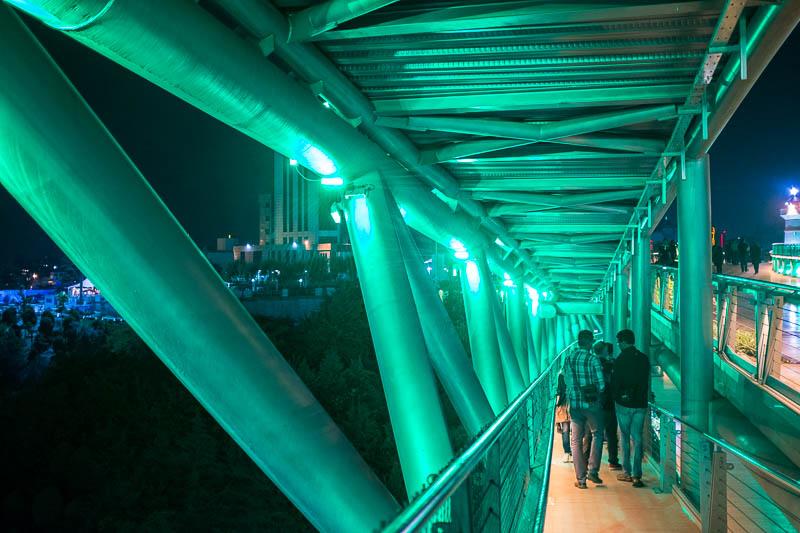
If you do visit Tehran, you should definitely take some time to check out Tabiat Bridge. You’ll get a lot more out of the visit than just seeing a stunning bridge.

